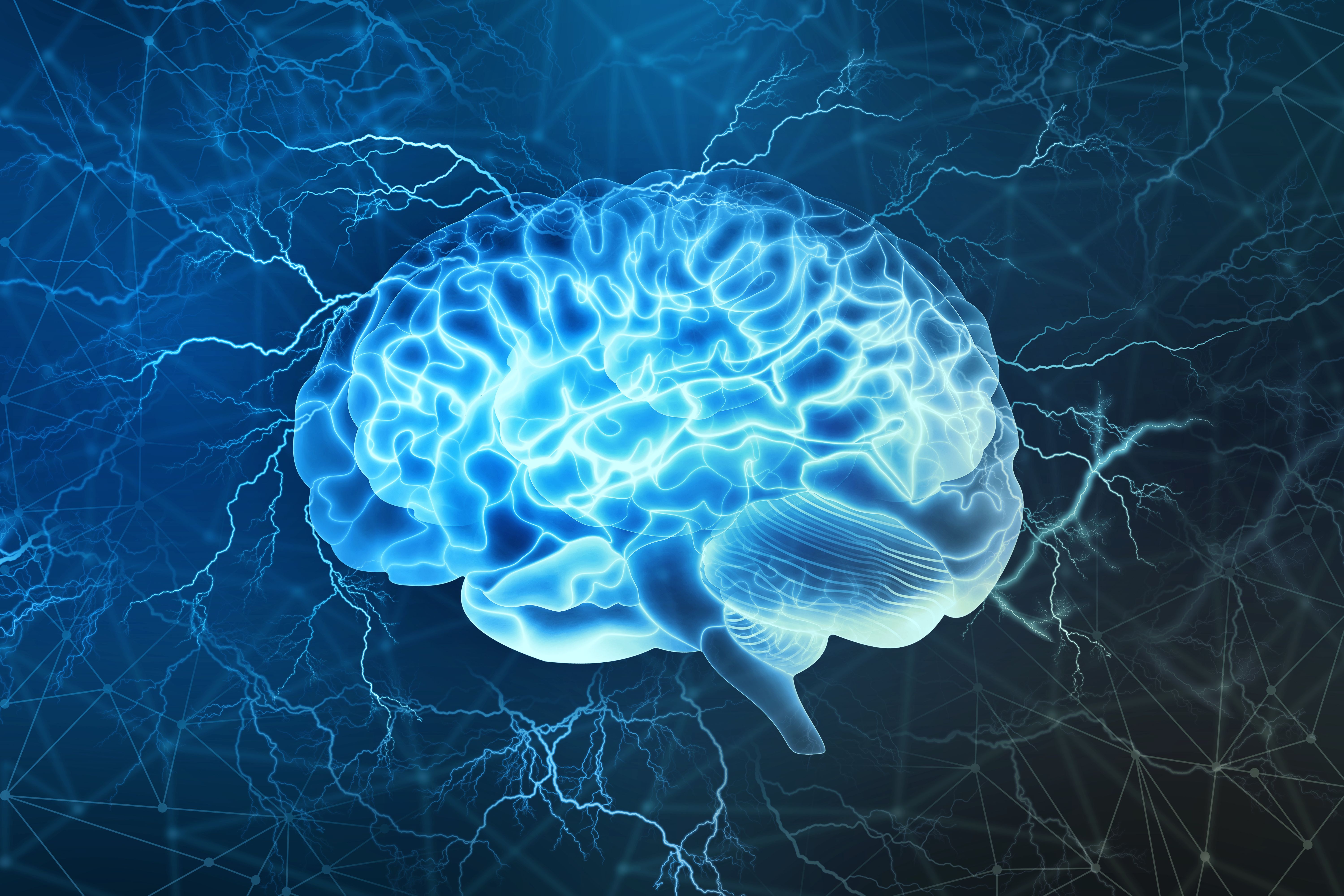News
Article
Final Refractive Errors in Children Not Associated With Topical Atropine Eye Drops
Author(s):
Children who took short-term topical atropine eye drops, 0.01% to 1.0%, had no difference in final refractive errors 10 to 20 years after treatment.
Taking short-term topical atropine eye drops, with a dosage of 0.01% to 1.0%, for 2 to 4 years during childhood did not have an effect on final refractive errors about 10 to 20 years after treatment, according to a study published in JAMA Ophthalmology. No increased incidence of treatment or myopia-related ocular complications was found in the patients.
Myopia affects about one-third of the world’s population and is estimated to increase to about 5 billion people by 2050. Slowing onset of myopia or reducing the progression of myopia can be achieved when using atropine eye drops but the results are inconsistent based on the dosage and the difference in adverse events. This study aimed to assess the 20-year outcomes and safety in the patients who participated in the study named Atropine for the Treatment of Myopia (ATOM) 1 and the 10-year outcomes in patients in ATOM2.
Paper with words myopia (nearsightedness) | Image credit: Vitalii Vodolazskyi - stock.adobe.com

The Atropine Treatment Long-term Assessment Study (ATLAS) included participants who had been evaluated 10 and 20 years after their final trial visit in the ATOM1 and ATOM2 trials, respectively. ATOM1 took place in 1999 whereas ATOM2 took place in 2006 but both included 400 children aged 6 to 12 years with myopia; ATOM2 included children with myopia of at least –2.0 D. All children were assigned to receive 0.5%, 0.1%, or 0.01% atropine eye drops for 2 years in a 2:2:1 ratio. If children had a myopia progression of –0.5% D or more during the 1-year washout phase, they restarted atropine 0.01% therapy.
A clinical history was taken for all participants, which included ocular and medical conditions, surgical history, eye complaints, and if they had received treatment for myopia after their final trial visit. An examination of the anterior and posterior sections of the eye, as well as optical coherence tomography and fundus photography, were also conducted.
ATLAS included 63 from the ATOM1 and 148 from the ATOM2 studies for the statistical analysis. The researchers found that the 63 children who had 2 years of atropine treatment had no difference in the final spherical equivalent (SE) and axial length (AL) between eyes that had been treated with 1% atropine compared with untreated eyes and eyes treated with 1% atropine compared with placebo. Myopic refractive error and axial elongation was found in both groups 20 years after their final trial visit.
The 148 participants from the ATOM2 study showed no difference in SE or AL. Progression of SE and axial elongation were found in all groups in the 10 years after the final visit for the trial. Progression was higher in those of younger age (mean difference, 0.6 years; 95% CI, 0.2-0.9 years), those who were randomized to higher concentrations of atropine (0.1% and 0.5%, 88.3% vs 0.01%, 77.7%), and in those who needed more treatment (68.1% vs 54.5%). Greater progression of SE and axial elongation during the clinical trial period and after treatment was stopped was found in patients whose eyes progressed 1.0 D or more, which also led to longer AL and greater SE at the last visit of the trial and in ATLAS.
Patients with a younger age (OR, 0.82; 95% CI, 0.67-0.99) and a higher concentration of atropine (0.1% vs 0.01%, OR, 2.57; 95% CI, 1.16-5.69. 0.5% vs 0.01%, OR, 2.48; 95% CI, 1.09-5.62) were found to have 10-year myopia progression after stopping treatment with atropine.
Although there was no increased incidence of cataract/lens opacity, glaucoma, parapapillary atrophy, and optic disc tilt when comparing those who used 1% atropine to the placebo group in ATOM1, there were some differences in ATOM2. Incidence of myopic macular degeneration was 19.6%, 28.7%, and 38.1% in atropine groups 0.01%, 0.1%, and 0.5% respectively. Female participants (OR, 0.52; 95% CI, 0.29-0.92), those with higher concentration of atropine treatment (0.5% vs 0.01%, OR, 2.60; 95% CI, 1.15-5.89).
There were some limitations to this study. Many of the participants of the original ATOM1 and ATOM2 studies were not included in this study, which could have led to selection bias. Differences in instruments used and measurements between the studies could have affected the comparisons. Peripheral retinal changes could have been overlooked.
The final refractive errors of children who had taken atropine drops between 0.01% and 1.0% for 2 to 4 years were not associated with this treatment 10 to 20 years afterward. No increased incidence of treatment or ocular complications related to myopia were found. Further research into the duration and concentration of atropine treatment that is safe and effective for children is needed.
Reference
Li Y, Yip M, Ning Y, et al. Topical atropine for childhood myopia control: the atropine treatment long-term assessment study. JAMA Ophthalmol. Published online November 30, 2023. doi:10.1001/jamaophthalmol.2023.5467




